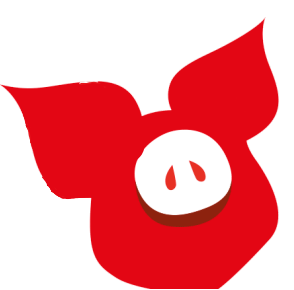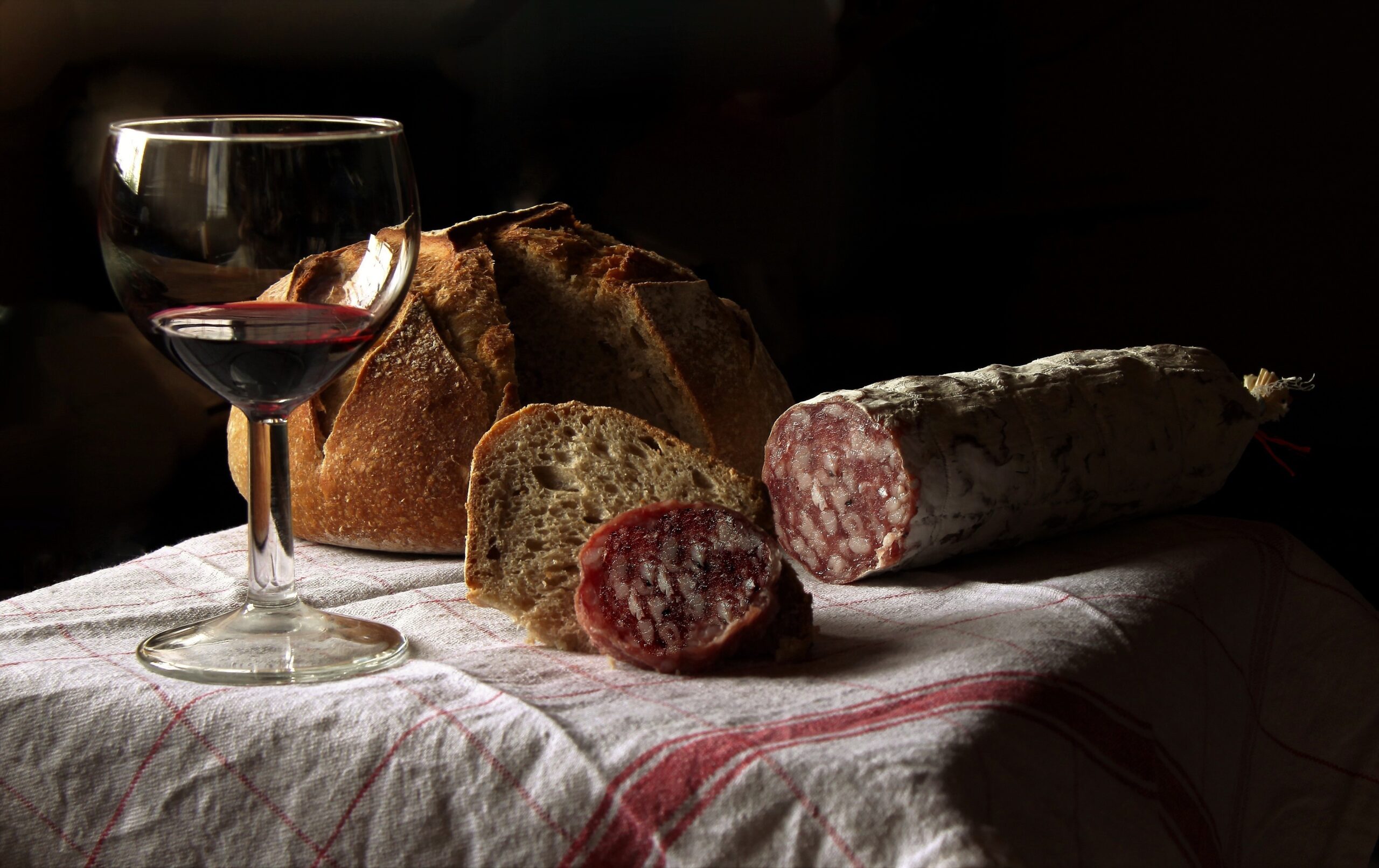Menu


Vietnamese products, educated in France






“Charcuterie”, comes from the French words “chair” (meat) and “cuit” (cook).
Generally speaking, “charcuterie” refers to a number of processes of preparing and preserving meat.
Throughout history, different civilisations have adopted and refined techniques of preparing and preserving meat.
Northern civilisations often used cold arctic wind and freezing temperatures to preserve meat. Southern civilisations often used the bright hot sun to sun-dry meat, and civilisations across the globe recognised smoke as an additional preservation technique.
However, of all preservation techniques, nothing compares to the chemistry and magic of salt !



Salt, scientifically known as sodium chloride (NaCl), has the ability to slow down, filter, or even halt, micro-biological life, such as bacteria, archaea, viruses, fungi, prions, protozoa and algae. These micro biological organisms alone are responsible for the deterioration of meat, fish and vegetables. However, some of these organisms are also necessary for the development of excellent charcuterie.
The Egyptians are known to develop salting techniques for preserving meat over 4,000 years ago.
The Romans certainly recognised the value of salt for preserving meat, and food in general. In fact, Roman soldiers were partially paid in salt. It is said to be from this that we get the word soldier – ‘sal dare’, meaning to give salt.
From the same source we get the word salary, ‘salarium’.
Salt was a valuable commodity prior to modern refrigeration techniques, and remains an essential part of human culture, civilisation, and life itself.


Charcuterie really developed as a profession in XIVth century France.
In 1476, the profession of “charcutier” (specialist of charcuterie) derived from the older profession of “rôtisseur” (specialist of roasting meats)
Regions throughout modern France, Italy, Spain, and Germany (just to name a few) gained worldwide recognition for their own signature charcuterie techniques and recipes, but the fundamental science of charcuterie is universal, and belongs to all of humanity.



The development of charcuterie also involves husbandry (animal farming) and the cross-breeding of different varieties of birds, hogs, cattle….etc, in order to enhance desirable characteristics.
In the XVIth century, the Barbarie duck from South America was introduced to Europe. The male Barbarie ducks were crossbred with the Chinese Pekin ducks, and the French Rouen duck, to produce the famous Moulard duck, which is prized for its large, rich foi gras and magnificent breast muscles.
During the 200 years of French presence in Indochina, Asian and European ingredients and techniques were exchanged, further combined and influenced cuisines globally.
More recently, Grimaud frères, French specialist breeders of ducks and other birds, brought their blood lines of ducks and technology to Vietnam after the turn of the century.



Today, Hoi An Salaisons honours this rich history of culinary arts and charcuterie, continues to deploy the best French and European techniques and recipes, using the best Vietnamese raw ingredients.
We welcome you to our table, here in Hoi An, and throughout Vietnam.
